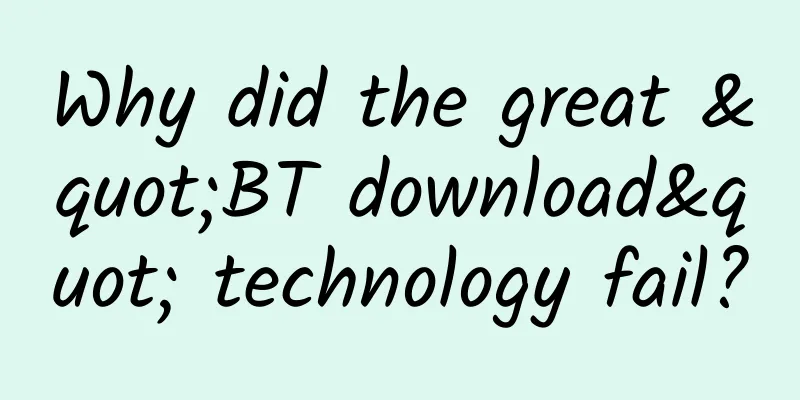After so many years, why are mobile phone batteries still 3000 mAh?

|
If a smartphone with a battery life of up to 4 days is launched now, it will probably sell like hot cakes. From 2007 to 2015, the battery life of smartphones has always been a pain point for users. No matter how many power-saving designs mobile phone manufacturers have adopted in their products, smartphones can only be used for a day and a half at most, and the battery life of most mobile phones is only enough for half a day. However, we cannot blame mobile phone manufacturers too much. As far as I remember, in order to solve the pain point of power consumption, mobile phone manufacturers have used all the tricks they can - in terms of hardware, increasing the battery capacity is of course necessary, dynamically adjusting the core operating frequency of the SoC, PSR self-refresh, Nega negative LCD, coprocessor, VOOC fast charging, 20nm process, etc.; in terms of software, the power saving mode of smartphones has become more and more aggressive, entering the "super power saving mode" and even directly turning the screen black and white, disconnecting the 3G/4G wireless network, and except for the basic call and text messaging functions of the mobile phone, other apps cannot be opened. As for reducing the operating frequency of the SoC, this is already basic common sense. Mobile phone manufacturers have been racking their brains to come up with so many ways to save the power of mobile phones, but they still can't stop the increasingly power-hungry mobile phone components. The screen is the biggest power consumer of mobile phones, and it is getting bigger and bigger; 4G networks are also more power-hungry than 3G networks; current mobile phones also expect all users to turn on Bluetooth by default; and the increasingly powerful SoCs do not help much in improving the power problem. More importantly, it is difficult to improve the capacity of mobile phone batteries after they reach 3000 mAh. In other words, no matter how much power-saving technology is used, if the capacity of mobile phone batteries is not improved, it will be difficult for mobile phones to break the "half-day" limit when the power consumption of mobile phone components and the constant connection to the Internet is increasing. Now the technology to improve mobile phone batteries is becoming more and more important because electric cars such as Tesla will become more and more popular in the future - more importantly, Tesla uses the same lithium-ion batteries as mobile phone batteries. Therefore, any slight improvement in mobile phone battery technology will have a far-reaching impact on the mobile phone industry, the electric car industry, and more products in the future. So why has the battery stagnated while every other part of the phone has made leaps and bounds in the past eight years? Andy Chu, a former executive at A123, a new energy startup that went bankrupt in 2012, told MIT Technology Review: Energy storage is a game that only the big players are entering because there are so many things that can go wrong with batteries. I want the startups to succeed. But if you look at the last few years, it hasn't been great. Envia Systems, a new energy startup invested by General Electric and the U.S. Department of Energy, also suffered a setback. At a major conference in Washington in 2012, it claimed to have developed batteries with higher energy density but lower cost. At that time, the company's chairman and CEO Atul Kapadia said in a conference call that the company's battery "will cost less than half of today's battery cost - it may reach 45%, and the energy density will be three times that of traditional batteries." Subsequently, the company also reached a partnership with General Motors to provide batteries for General Motors' new electric vehicles. However, when GM inspected Envia's batteries in February 2013, it found that although the batteries had an energy density of 400 watt-hours/kilogram, they could not support the claimed 300 heavy discharge cycles. After extensive testing, GM found that the batteries delivered by Envia did not meet the standards it claimed. GM eventually terminated Envia's contract. A rising energy star finally fell into the abyss. Steve LeVine is a QZ reporter based in Washington. He recently wrote a book called The Power House, which describes the difficulties Envia encountered in developing battery technology. The difficulties Envia encountered are also the difficulties faced by millions of companies. The first difficulty Envia faced was that, although the battery industry had been developing for many years, people were still unfamiliar with the principles of batteries. In other words, people could get a perfect result through repeated experiments, but they could not tell the reason. As a result, when technical developers tried to change a part of the battery, they could not accurately grasp the impact it would bring, so that when problems occurred, they could not find the cause at all. In addition, due to the lack of in-depth understanding of battery theory, some unforeseen problems were often discovered after lurking for several years. No zuo no die, Envia's difficulties in R&D are partly due to its decision to use two experimental electrode materials in the battery instead of one. In other words, there is one more reason to disturb the technicians. From the perspective of complex theory, more uncertainties will lead to a large number of unpredictable problems. In 2006, Envia authorized Argonne National Laboratory to develop a promising battery material, but there was a serious problem. This problem was called the "doom factor" by a product manager - when the battery voltage changes over time, it becomes unusable. Argonne researchers investigated the cause of the problem but could not find a reliable answer. In addition, Argonne researchers used impractical manufacturing processes while constantly solving the problems encountered in developing new material electrodes. In other words, even if this electrode was developed, Envia could not produce it through the factory. Until 2012, when Envia publicly announced that it had invented a new battery, the company still didn't know the reason. LeVine said that the company's co-founder Sujeet Kumar knew that the reason might be the coating of the composite material, but he didn't have the resources and ability to find out the reason behind it. ***, the company said that it couldn't reproduce the high-energy density battery it had developed because a batch of batteries contained contaminants, but the company didn't know what the contaminants were - small physical and chemical changes can cause drastic changes in battery performance. Envia's website is still there, but there has been little activity recently. Perhaps it is still preparing for a big move. Its story tells us that there are several reasons why battery technology is difficult to advance: The basic theoretical research of batteries still needs to be improved, otherwise Envia would not be unable to reproduce its past research and development results;Battery technology requires a lot of money, and only large companies can do it. Envia received $7.7 million, $17 million, $4 million, $1 million, and $3 million in investment and financial support in 2009, 2011, 2012, and 2013, respectively, for a total of $32.7 million. But it still failed to develop the battery it claimed. |
<<: On my journey after quitting my job: I wrote an app and started a company
>>: In 2014, Android Wear shipments were only 720,000. Who bought them?
Recommend
Operational promotion: How to increase active users?
Having a growing pool of active users is the ulti...
Experience the first version of Android 9.0: Like these 6 changes
A few days ago, Google quietly released the lates...
Apple officially releases OS X Yosemite 10.10.1, improves Wi-Fi reliability
[[122861]] Apple today officially released OS X Y...
Nowadays, people eat sea cucumbers when they have a disagreement...
The reason why I put up the high-energy warning p...
Why do I feel more beautiful after taking a shower?
Reviewer of this article: Zhou Xiaobo, Doctor of ...
Taking the gaming industry as an example, the testing cost of information flow advertising was reduced by 6 times
Testing is the first and most important step in l...
What is narcissistic abuse?
© Good Therapy Leviathan Press: Today's artic...
Apple releases major macOS update: Night Shift mode added
At the same time as the official release of iOS 10...
Leading a sideline project: QQ auto-sells virtual resources, software, information, etc., earning 600+ per day
Leading a sideline project: QQ auto-sells virtual...
The marriage with Great Wall is just an ulterior motive. BMW’s future competitor in China may be Didi Dache!
Recently, Great Wall Motors and BMW Holding (Neth...
Xi'an high-end T-stage selection of boutique recommendations 24 hours a day online appointment arrangement
Xi'an high-end T-stage selection of exquisite...
The non-stick pan turned sticky! Did I eat the coating?
In 1938, Americans accidentally discovered a slip...
How to make AI more "human"? MIT research: This is crucial
Written by: Green Apple Editor: HS Layout: Li Xue...
Where is the future of new media operations?
A few months ago, a friend who works in new media...
Can't eat Longkou vermicelli on an empty stomach? Netizens are shocked! This is what the doctor said
Recently, a netizen posted a message saying: &quo...









